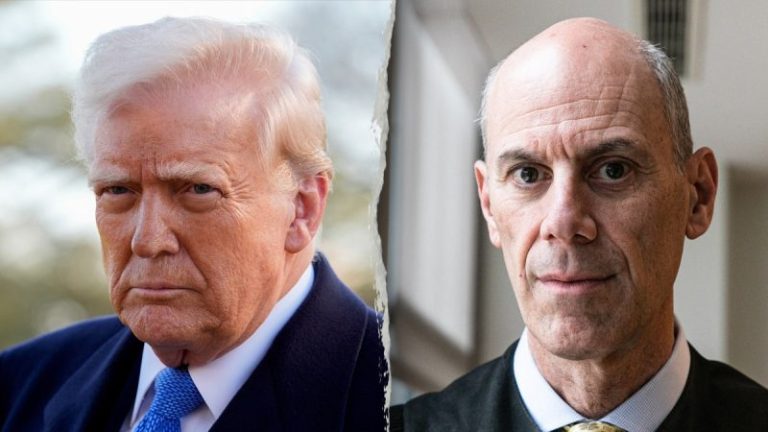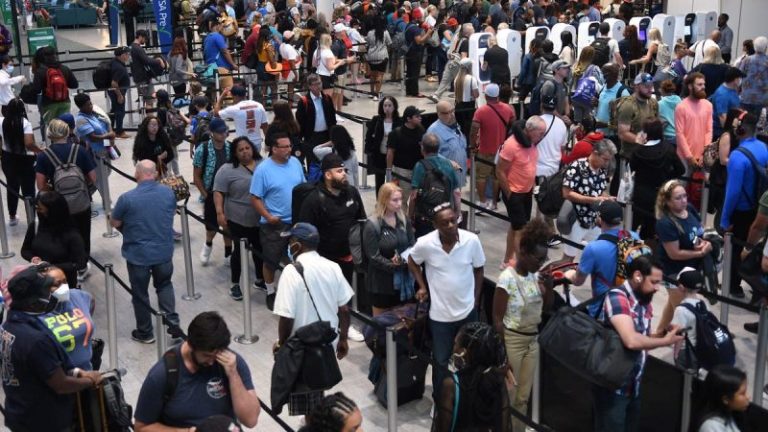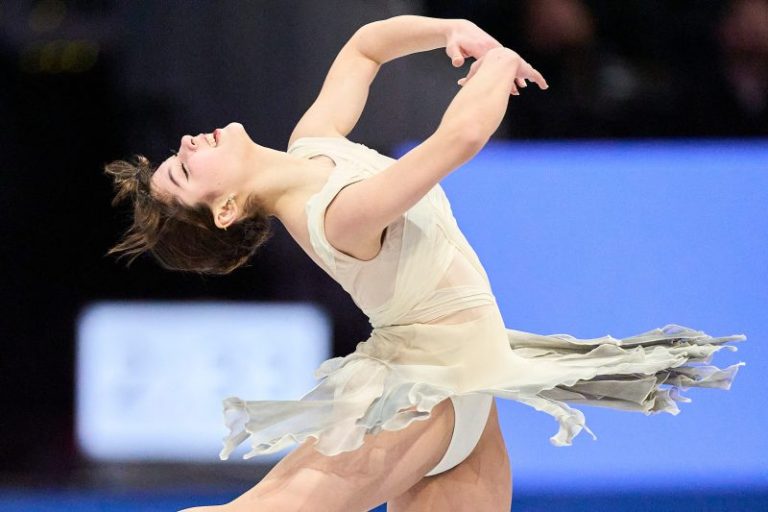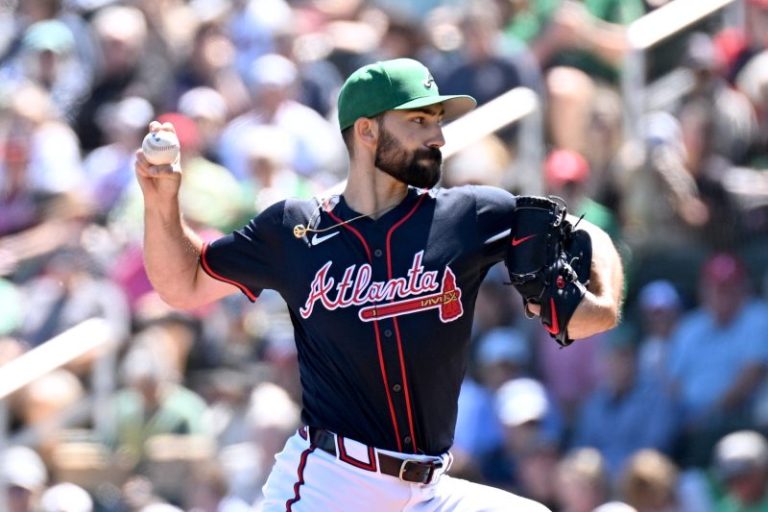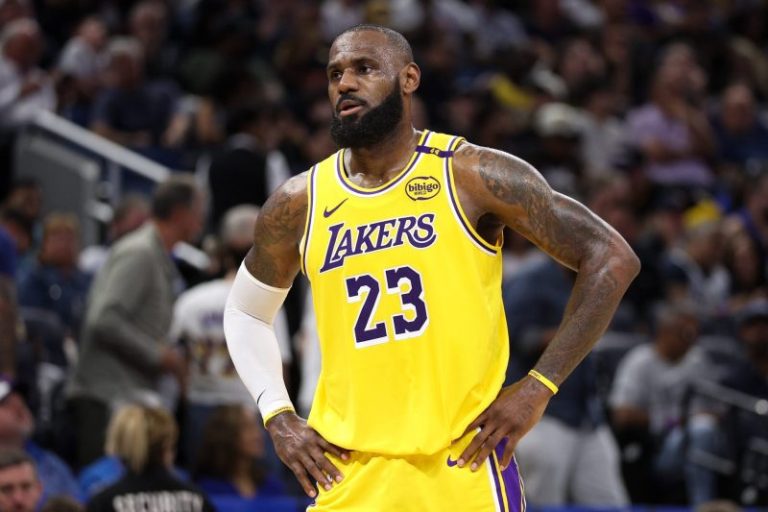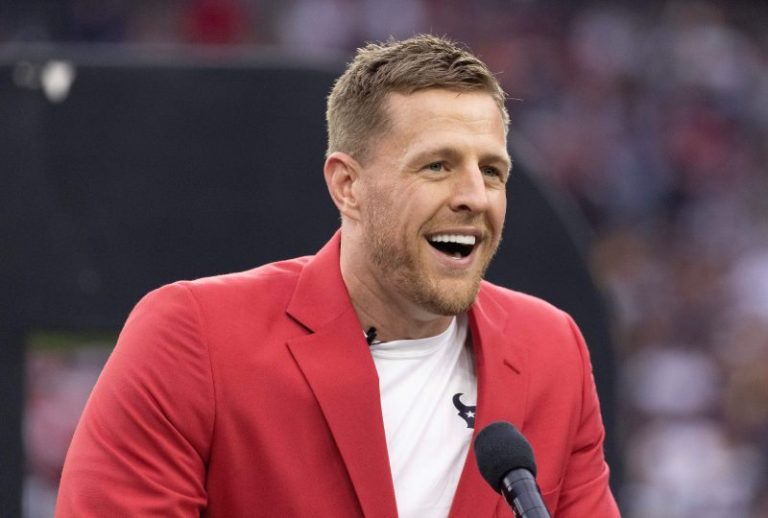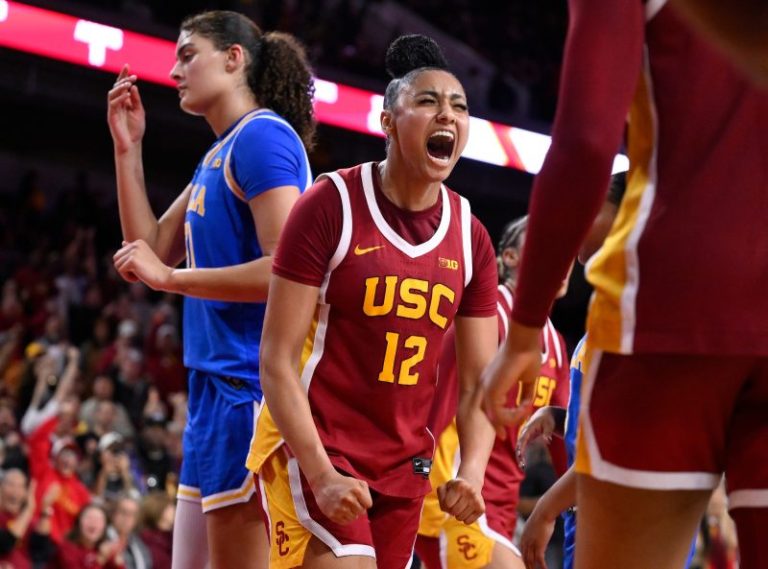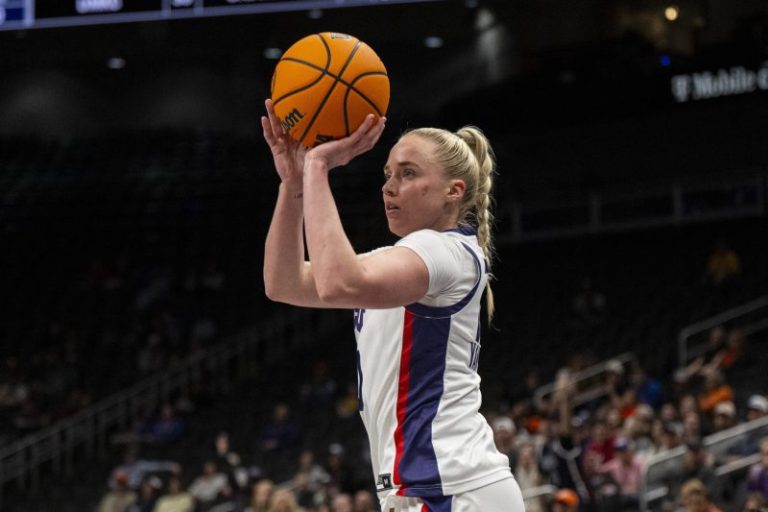In another timeline, they’d likely be former Cy Young Award winners, MVPs and strikeout champions pining for what was. World Series champions at one time, shells of themselves in the present.
This spring, though, a handful of elite pitchers will see the radar gun light up as they once expected, a batter overmatched and returning to the dugout, and faith in modern medicine greatly reinforced.
It used to be pitchers undergoing a second repair of their elbow’s ulnar collateral ligament faced something of a professional death sentence, that multiple Tommy John surgeries meant hanging on, not dominating.
Yet evidence is increasing that the internal brace procedure, pioneered by orthopedist Jeffrey Dugas and accelerated by Keith Meister, the Dallas-based surgeon to the stars, is not simply shoring up careers but potentially returning pitchers back to their profession’s apex.
“Ultimately, I know if this were 20 years ago, I wouldn’t have had this surgery and would probably be a lot different pitcher,” Spencer Strider, the Atlanta Braves ace who had his second elbow reconstruction in April 2024, told USA TODAY Sports this spring.
“I’m grateful Dr. Meister and everyone else in the industry are doing the work they’re doing.”
Strider pitched in an exhibition game last week, just more than 11 months after Meister repaired a tear in his ulnar collateral ligament and installed an internal brace. His showing strongly suggested he remains anything but ordinary on the mound.
The man who struck out more batters – 483 – in Major League Baseball in 2022-23 cracked 98 mph on the radar gun and struck out six of the eight Boston Red Sox he faced, including five in a row, and could soon begin a rehab assignment and be back on the mound for the Braves within several weeks.
This weekend, Walker Buehler will take the mound for the Boston Red Sox, who were confident enough to pay Buehler $21 million this year in his latest step from a second reconstruction and internal brace insertion in August 2022.
Even as they expect to temper his innings as he approaches his 37th birthday, the Texas Rangers are thrilled two-time Cy Young Award winner Jacob deGrom will make his first turn through their rotation, two years after his procedure with Meister ensured their $180 million investment in him may not be for naught.
And sometime after Strider pitches in a real game, the Dodgers should be welcoming back to the mound Shohei Ohtani, the two-way player who underwent his second elbow reconstruction in five years in 2023.
Make no mistake: Results aren’t guaranteed, no outcome preordained, as we learned Saturday when Shane McClanahan, the Tampa Bay Rays’ opening day starter and a two-time Tommy John patient, suffered a triceps injury just days before he was to throw their first pitch of 2025.
So it goes for pitchers, who must sidestep dozens of potential maladies even as the constant monster under the bed – a failure of their elbow’s ulnar collateral ligament, and the likely reconstructive surgery to follow – lurks.
Yet it’s been seven years since Meister deployed the hybrid reconstruction on a patient, creating a personal sample size that now numbers around 500. In that group, nearly 150 underwent their second or even third Tommy John surgery or repair.
The results are still preliminary, but also highly encouraging.
“Of the revisions – meaning second and potentially third Tommy Johns where we put a tendon graft in and a brace – we actually have not had a single ligament re-tear. Which is incredible,” Meister tells USA TODAY Sports. “They failed in other ways – a couple flexor tendon tears, other things that have broken down. But the weak link in the chain, and I don’t think it is any longer, is the ligament itself. I think we’ve moved the needle.
“Now, time is going to make fools of all of us, as we all know. I don’t want to oversell this and say we have a perfect solution to anything. But it’s moved the needle in a positive direction with our second – and in some cases third –Tommy John recipients.”
And any positive step forward comes at a time elbow failures, in an era where pitchers thirst for unprecedented pitch velocity and movement, remain the game’s greatest scourge.
A second chance – and then a second surgery
Throughout organized baseball, from the travel ball circuits to the stadiums with three decks, there are thousands of athletes, almost all pitchers, whose first Tommy John surgery gave them another shot. In 2023, 35.3% of major league pitchers had undergone Tommy John surgery, a 29% increase from 2016.
With a success rate of around 90%, and roughly 80% of pitchers reaching their prior performance level, the surgery could reliably ensure roughly a decade of elbow health.
Not any longer.
“In 13 years as a GM,” says Braves executive vice president Alex Anthopoulos, “this is just anecdotal. But they don’t seem to last as long.”
He’s not wrong. Anthopoulos’ club drafted Strider in 2020, when he was still on the way back from 2019 surgery as a Clemson sophomore. Five years later, he was back for another repair.
Ohtani underwent his first Tommy John on Oct. 1, 2018. His second came almost exactly five years later. Buehler went under the knife in August 2015, shortly after the Dodgers drafted him out of Vanderbilt. It lasted him until June 2022.
When New York Mets pitcher Drew Smith first had the procedure in 2019, he was told it should be good for seven to 10 years.
Last July, he was back in the operating room.
“It was shocking for it to only last five years,” says Smith, whom the Mets re-signed to a two-year minor league contract, with hopes he can pitch for them in 2026.
For Meister, that shock has long worn off when he sees old patients back for another round.
The connection between hard throwers and elbow trouble is relatively well-established, even if UCLs can fail for innumerable reasons. Yet in an era where pitchers are able to manipulate baseballs in manners previously unimaginable, it is the stuff – the turbo sinkers that near 100 mph and the power changeups and beguiling sweepers with a foot and a half of horizontal run – that makes Meister shake his head.
“There’s absolutely zero question in my mind this is a consequence of velocity and probably even moreso for me now, spin,’ says Meister. “What they have to do is squeeze the ball so hard to be able to create that type of spin and ball movement that it puts this undue load on the medial side, the inner side of the elbow, that I think is contributing in a great way to this spike in injuries.
“We have to make changes. Unfortunately, there’s been no real motivation in Major League Baseball to make these changes.”
Meister needs no peer-reviewed study on that point.
“As easily fixable you can make (elbow injuries), the better,” says Buehler, who played key roles in the Dodgers’ World Series championships in 2020 and 2024.
“But at the end of the day we’re all trying to throw hard and get people out and there’s risks that come with that. And if you’re not willing to take that risk, you probably won’t get here the way you want.”
Says Strider: “Now we’ve got to start looking into our daily behavior. Not philosophy, not velocity – that’s not going away, nor should we want it to.
“But how do we manage workload, how can we be smarter, how can we utilize feedback, both visual and data-driven, to be healthier. That takes time to conduct those experiments and feel good about that process.”
For now, the operating room is the safety net.
‘Turning point’
Buehler, 21 at the time of his first Tommy John recovery, called the recovery “easy breezy’ and came back throwing harder than before. He says his second rehab was “a little more of a struggle,” in part because other injuries – including a mild shoulder malady that upended his chances to return in 2023 – set him back.
He’s also a prime example of the pre-surgery uncertainty before doctors get an internal view of the elbow.
Buehler, whose surgery was performed by Los Angeles orthopedist Neal ElAttrache, required both an additional ligament replacement and a flexor tendon repair. ElAttrache also installed the internal brace.
That verdict – be it a new UCL, a repair or revision of the old one, and any other unforeseen damage – will frame how long second-time Tommy John patients must sit out.
Strider may make it back within just more than 12 months, since he required only a revision. Preserving a compromised ligament, rather than replacing it, is a game-changer for pitcher recovery.
“They told me my graft was coming out of the anchor in a very similar spot to my first reconstruction,” says Baltimore Orioles right-hander Tyler Wells, who underwent a revision of his original Tommy John surgery in June and hopes for a midseason return this year. “My UCL, in a sense, was torn, but it was creating some laxity because it was starting to pull out of the graft.
“They needed to go in there and reattach everything to it, but in that process decided they were going to add the internal brace for additional support. I don’t have to go through the same process of ligamentization, where they’re putting in the new graft and get it all stretched out. Mine’s already like that. That, in turn, makes this kind of rehab a little bit easier than doing the second, full reconstruction.”
And now, Wells’ UCL has a brace, which Meister says acts “as a seat belt, so to speak, on the inner side of the elbow. But I also think there’s probably a biologic component to it. I think it’s, maybe, enhancing the healing response.”
McClanahan hadn’t yet begun his collegiate career at South Florida when he underwent Tommy John surgery. Now, a decade and two All-Star appearances later, he’s startled at the advancements in surgery and rehab.
“I was 17 when I had my first one. I’m 27 now,’ he says. “I was a kid when it happened. It felt like a different lifetime ago. I feel good, and that’s what matters to me.”
Wells, whose mother is a doctor, agrees. He’s had enough conversations with Meister, physical therapists and other medical personnel to recognize the evolution has reached a key stage.
“It seems like this is a really big turning point in Tommy John reconstructions or revisions,” he says. “There’s definitely huge progress. That will stabilize a little bit. And eventually you see that next go-round where you take another turn for the better.”
Until then, there will be frustrating steps backward between the progress. McClanahan provided a scare Saturday, when he threw a pitch, hopped in pain and walked off the mound in his final Grapefruit League start.
Turns out it was a triceps, not an elbow injury.
So it goes for pitchers who might throw up to 3,000 pitches this coming season – along with the orthopedists who mend them when their most important ligament fails.
Meister is often joined by other surgeons in his operating room, from as far away as South Korea and Japan, as the industry collaborates to produce something resembling a permanent fix. And after surgery, rehab and the athlete’s climb back to active duty, his lab becomes the thousands of mounds across the sport.
For all the advancements that help patients light up a radar gun no matter how many times their elbow has blown, progress, for him, will look like a lunch break uninterrupted by a phone call with another arm needing an MRI, or a waiting room not bursting with return clients.
“Let’s get through a season and I can start to feel better about it,” he says. “Look, it’s exciting stuff. On the one hand, I am excited to watch it.
“On the other hand, I’m on pins and needles.”
The USA TODAY app gets you to the heart of the news — fast. Download for award-winning coverage, crosswords, audio storytelling, the eNewspaper and more.
This post appeared first on USA TODAY

